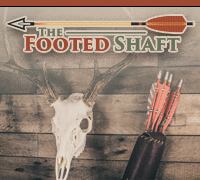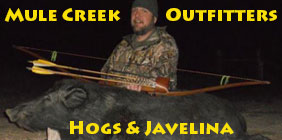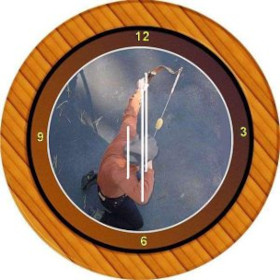Wayne, I prefer to breast or barrel taper mine.
1.) It doesn't. Parallel shafts, properly spined, clear the bow just fine. I don't taper my arrows to clear the bow. I taper their ends so they flex more evenly and stabilize sooner. Not always, but sometimes I notice how arrows tapered on both ends stabilize sooner. It happens so fast that it's hard to see. Conditions have to be just right.
Think about bow limbs... why are they tapered in width and thickness? So they flex evenly and don't carry unneeded mass. Outer limbs that don't carry unnecessary mass, don't cause unnecessary amounts or duration of vibration, loss of energy, etc.
2.) I'm not sure. But there is also the theory that tapered shafts flex and stabilize differently than parallel shafts upon impact, for similar reasons as they do upon release. That is, less mass on the nock end would cause less flexing upon impact, and less flex means less drag against the wound channel. Perhaps this, with a tiny bit more clearance due to the smaller diameter, together aid penetration a little???
3.) Sooner than parallels perhaps, but I don't think foc helps the arrow fly straighter or recover sooner than double tapers like breast and barrel tapering.
4.) I think I addressed pretty well above.
Full taper? Not for me. When we shoot any arrow, the whole shaft flexes/oscillates upon release, and I think/assume tapering from both ends stabilizes it sooner than a full length single taper would.
This is all just my opinion though as I have no well documented or recorded facts.














